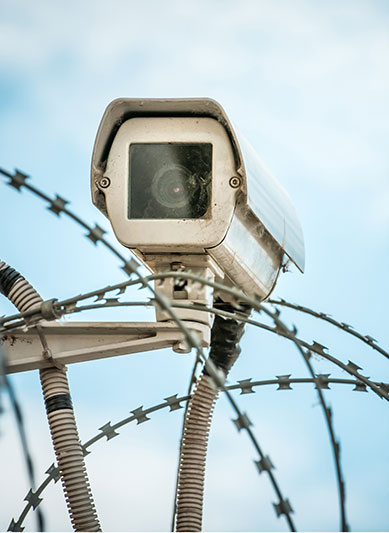CCTV cable

APAR Copper braiding CCTV cable is offered in the range of 3+1, 4+1 and 6+1 construction. This is a hybrid type cable with combination of communication and electrical conductors.
The 3/4/6 power cores enables powering of the CCTV camera while the communication cable (video core) enables recording of images and communicating with control room devices based on camera capabilities.
| Application | Used for mostly surveillance purposes bearing crime preventing, safety, monitoring. Transmitting video and audio signals from CCTV cameras to recording devices or monitors. Shielded Communication Cable. |
|---|---|
| Characteristics | Inner Conductor DC Resistance: Max. 3.55 Ω/Km at 20°C, Structural Return Loss : Min. 15 dB @ 1 – 1000 MHz, Characteristic Impedance : 75 ± 3 ohm, Capacitance (Nom.) : 53.0 pF/m, Nominal Velocity Ratio : 85% |
| Applicable standards | As per the customer requirement. |
| Product range | RG – 59F Co-axial + 3 Core x 0.15 Sq. mm CCTV Cables (3+1) RG – 59F Co-axial + 4 Core x 0.15 Sq. mm CCTV Cables (4+1) RG – 59F Co-axial + 6 Core x 0.15 Sq. mm CCTV Cables (6+1) |
| Advantages | 1. Wired surveillance is more convenient to install on large objects: Wi-Fi cameras require routers close to the devices, otherwise, the signal will be weak. As a result, several access points will be required, which increases the cost of video surveillance. 2. Stable performance: Wireless devices often suffer from unstable Internet signals, which reduces the quality of the picture. The physical connection of the system protects against. 3. A great option for long-term monitoring: Wi-Fi systems are easy to scale and relocate. However, if this is not required and the user is confident that no changes to the video surveillance are planned, wired monitoring is a better option. |
Published On: January 21, 2021